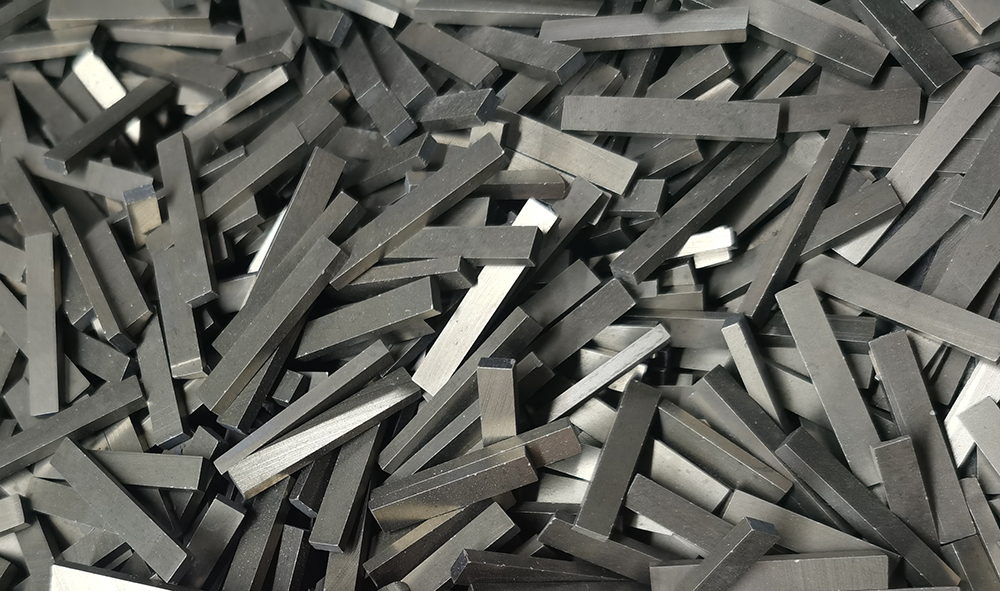NdFeB magnets, also known as neodymium magnets, are among the strongest and most widely used magnets in the world. They are made from a combination of neodymium, iron, and boron, which results in a powerful magnetic force. However, like any other magnet, NdFeB magnets are susceptible to demagnetization. In this article, we will discuss the main factors that affect the demagnetization of NdFeB magnets.

Temperature is one of the primary factors that can cause demagnetization in NdFeB magnets. These magnets have a maximum operating temperature, beyond which they start to lose their magnetic properties. The Curie temperature is the point at which the magnetic material undergoes a phase change, leading to a significant drop in its magnetization. For NdFeB magnets, the Curie temperature is around 310 degrees Celsius. So, operating the magnet at temperatures close to or above this limit can lead to demagnetization.
Another important factor that affects the demagnetization of NdFeB magnets is the external magnetic field. Exposing the magnet to a strong opposing magnetic field can cause it to lose its magnetization. This phenomenon is known as demagnetizing. The strength and duration of the external field play a significant role in the demagnetization process. Therefore, it is important to handle NdFeB magnets with care and avoid exposing them to strong magnetic fields that can compromise their magnetic properties.
Corrosion is also a significant factor that can lead to the demagnetization of NdFeB magnets. These magnets are made from metallic alloys, and if they are exposed to moisture or certain chemicals, they can corrode. Corrosion weakens the structural integrity of the magnet and can result in the loss of its magnetic strength. To prevent this, coatings such as nickel, zinc, or epoxy are often applied to protect the magnets from moisture and corrosive substances.
Mechanical stress is another factor that can cause demagnetization in NdFeB magnets. Excessive pressure or impact can disrupt the alignment of the magnetic domains within the magnet, resulting in a decrease in its magnetic strength. Therefore, it is crucial to handle NdFeB magnets carefully to avoid applying excessive force or subjecting them to sudden impacts.
Lastly, time itself can also gradually cause demagnetization in NdFeB magnets. This is known as aging. Over extended periods, the magnetic properties of the magnet can naturally degrade due to various factors such as temperature fluctuations, exposure to external magnetic fields, and mechanical stress. To mitigate the effects of aging, regular testing and monitoring of the magnet's magnetic properties is recommended.
In conclusion, several factors can affect the demagnetization of NdFeB magnets, including temperature, external magnetic fields, corrosion, mechanical stress, and aging. By understanding and effectively managing these factors, it is possible to preserve the strong magnetic properties of NdFeB magnets and prolong their lifespan. Proper handling, temperature control, and protection against corrosive environments are key considerations in maintaining the magnet's performance.
Post time: Sep-22-2023
